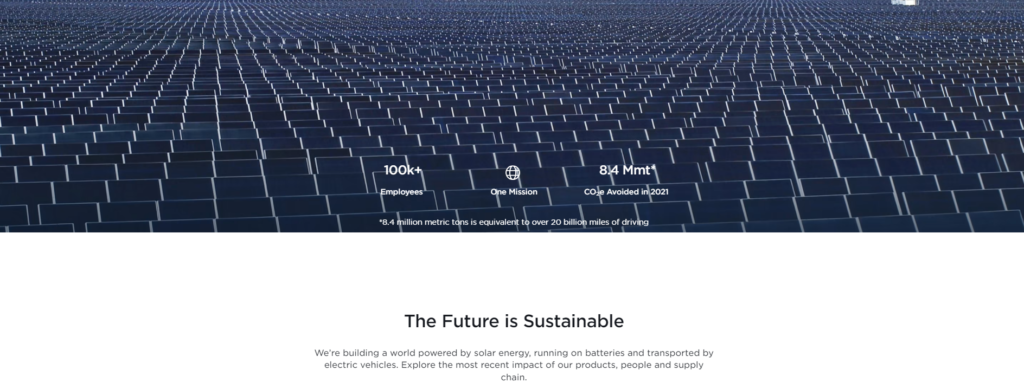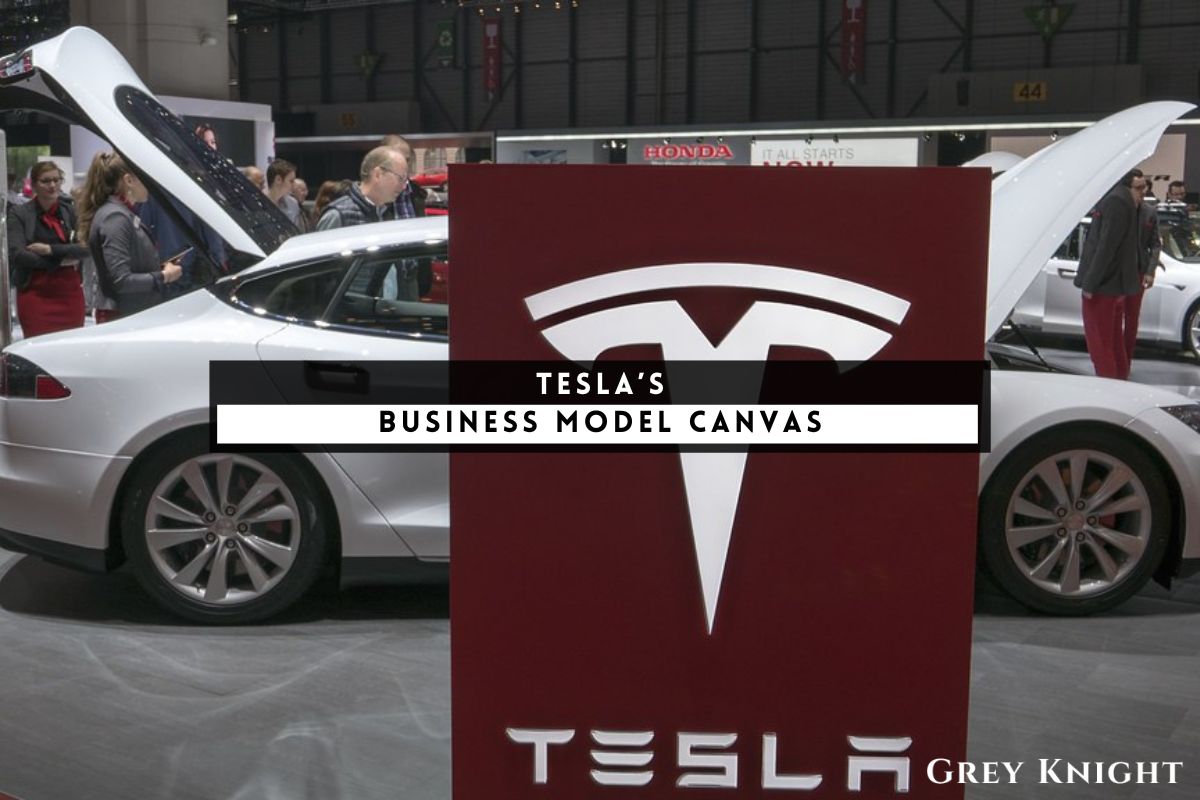Table of Contents
ToggleA Brief History of Tesla
Tesla, Inc. was founded in 2003 by a group of engineers who wanted to prove that electric vehicles could be a viable alternative to traditional petrol-powered cars. The company’s name is a tribute to the famous inventor Nikola Tesla.
In 2008, Tesla released its first electric car, the Roadster, which quickly garnered attention for its impressive performance and long-range capabilities. This was followed by the launch of the Model S sedan in 2012, which received critical acclaim for its innovation and design.
Over the years, Tesla has continued to expand its product line, introducing the Model X SUV, the Model 3 sedan, and more recently, the Model Y crossover. In addition to electric cars, the company has also ventured into solar energy products and energy storage solutions.
Despite facing financial difficulties early on, Tesla has managed to become a major player in the automotive industry, thanks in part to the leadership of CEO Elon Musk. The company’s focus on innovation and sustainability has helped it to become one of the most valuable car manufacturers in the world.
Today, Tesla continues to push the boundaries of electric vehicle technology, with plans to further expand its product line and production capabilities in the coming years.
Who Owns Tesla?
Tesla, Inc. is owned by a diverse group of shareholders, including institutional investors, individual shareholders, and company insiders. As of the most recent filings, the top 10 shareholders of Tesla, Inc. are led by CEO Elon Musk, who owns approximately 22% of the company. Other top shareholders include The Vanguard Group, BlackRock, Baillie Gifford & Co., and T. Rowe Price Associates, among others. These top shareholders collectively hold a significant portion of the company’s outstanding shares and play a key role in influencing the direction and decisions of Tesla, Inc.
Tesla’s Mission Statement

Tesla, Inc.’s mission statement revolves around “accelerating the world’s transition to sustainable energy.” The company aims to achieve this by designing, manufacturing, and selling electric vehicles, solar energy products, and energy storage solutions. Tesla is committed to creating innovative, high-quality products that not only meet the needs of its customers but also contribute to reducing the global carbon footprint and promoting environmental sustainability.
How Tesla Makes Money?
Tesla, Inc. operates on a business model that primarily generates revenue from the sale of electric vehicles, energy storage products, and solar energy products. The company also earns revenue from its services and other automotive sales. Additionally, Tesla generates income from regulatory credits, which are earned by producing zero-emission vehicles and can be sold to other car manufacturers who do not meet certain environmental standards. Furthermore, Tesla is also focused on expanding its revenue streams through its energy generation and storage solutions, and the company’s autonomous driving technology.
Tesla’s Business Model Canvas
The Business Model Canvas is a strategic management tool that allows businesses to visually represent and analyze the key aspects of their business model. It consists of nine building blocks: Customer Segments, Value Propositions, Channels, Customer Relationships, Revenue Streams, Key Resources, Key Activities, Key Partners, and Cost Structure. Each building block helps businesses to define and understand their target customers, unique value offerings, distribution channels, customer interactions, sources of revenue, key resources and processes, key partners, and cost considerations. In this business model canvas, we will explore the key aspects of the business model of Tesla, Inc., an innovative electric vehicle company.
Customer Segments:
1. Consumer market: Individual consumers who are interested in purchasing electric vehicles.
2. Commercial market: Businesses and organizations interested in adopting electric and sustainable transportation solutions.
3. Government entities: State and federal government agencies seeking to implement sustainable transportation initiatives.
Value Propositions:
1. Sustainable transportation: Offer electric vehicles with zero emissions to contribute to a more sustainable and environmentally friendly future.
2. Performance and innovation: Provide high-performance electric vehicles with cutting-edge technology and innovative design.
3. Autonomy and safety: Develop advanced self-driving features and safety technologies to improve the driving experience and reduce accidents.
Channels:
1. Direct sales: Tesla-owned stores and online platform for direct sales to consumers.
2. Partnerships: Collaborate with dealerships, distributors, and other partners to expand the reach of Tesla’s products.
3. Service and maintenance: Tesla service centers and mobile service units for vehicle maintenance and support.
Customer Relationships:
1. Direct sales interactions: Personalized and informative sales experiences at Tesla stores and online.
2. Community engagement: Building a community of enthusiasts and advocates through events, forums, and social media.
3. After-sales support: Providing excellent customer service, maintenance, and technical support for Tesla vehicle owners.
Revenue Streams:
1. Vehicle sales: Revenue generated from the sale of electric vehicles and related products.
2. Energy products: Sales of solar panels, solar roofs, and energy storage solutions.
3. Services and other: Revenue from services, software upgrades, and additional features offered to customers.
Key Resources:
1. Advanced manufacturing facilities: Production facilities for electric vehicles and energy products.
2. Research and development: Investment in technology and innovation to drive product development and improvement.
3. Brand and intellectual property: Tesla’s brand, patents, and trademarks that differentiate its offerings in the market.
Key Activities:
1. Vehicle production: Manufacturing and assembly of electric vehicles and energy products.
2. Research and development: Continuous innovation and improvement of electric vehicle technology and features.
3. Sales and marketing: Promoting and selling Tesla’s products and solutions to target customers.
Key Partners:
1. Suppliers: Partnerships with suppliers for components and materials used in vehicle production.
2. Collaboration with energy companies: Partnerships with energy companies for energy products and solutions.
3. Legal and regulatory partners: Engaging with regulatory bodies and legal partners to navigate industry regulations and compliance.
Cost Structure:
1. Manufacturing costs: Expenses related to the production and assembly of electric vehicles and energy products.
2. Research and development: Investment in technology, innovation, and product development.
3. Marketing and sales: Costs associated with promoting and selling Tesla’s products and solutions through various channels.
Tesla’s Competitors
Tesla, Inc. faces stiff competition in the electric vehicle market, as well as in the renewable energy and energy storage sectors. Some of its top competitors include:
1. General Motors – with their electric vehicle models such as the Chevrolet Bolt
2. Ford Motor Company – competing with their electric Mustang Mach-E and upcoming electric F-150
3. Volkswagen Group – with their electric vehicle lineup under the Volkswagen, Audi, and Porsche brands
4. NIO Inc. – a Chinese electric vehicle manufacturer known for its high-performance electric cars
5. Rivian – an American electric vehicle startup specializing in electric trucks and SUVs. These competitors are pushing the boundaries of innovation and driving the rapid growth of the electric vehicle industry.
Tesla SWOT Analysis
Strengths:
– Innovative technology and product offerings
– Strong brand reputation and customer loyalty
– Vertically integrated manufacturing and supply chain
– Leadership in electric vehicle market
Weaknesses:
– Production delays and quality control issues
– Reliance on government subsidies and incentives
– High production and operating costs
– Limited global manufacturing and distribution network
Opportunities:
– Increased demand for electric vehicles
– Expansion into new markets and product categories
– Strategic partnerships and alliances
– Advancements in renewable energy and battery technology
Threats:
– Intense competition from traditional automakers and new entrants
– Fluctuations in energy prices and government regulations
– Tariffs and trade tensions
– Technological disruptions and cybersecurity risks.
Concluding Analysis
In assessing the business model of Tesla, Inc., it is evident that the company’s innovative approach to electric vehicles, renewable energy, and autonomous driving technology has set it apart in the automotive industry. Tesla’s focus on sustainability and cutting-edge technology has allowed it to gain a significant market share and attract a loyal customer base. As an analyst, I believe that the future of Tesla is promising, with the potential for continued growth and innovation. The company’s recent expansion into new markets and its ongoing research and development efforts indicate that Tesla is primed to remain a leader in the electric vehicle industry. With a strong brand and a commitment to sustainable transportation, it is likely that Tesla will continue to thrive in the years to come.
Additional Resources
To keep learning and advancing your career, we highly recommend these additional resources:
Business Model Canvas of The Top 1,000 Largest Companies by Market Cap in 2024
A List of 1000 Venture Capital Firms & Investors with LinkedIn Profiles
Peter Thiel and the 16 Unicorns: The Legacy of Thiel Fellowship












